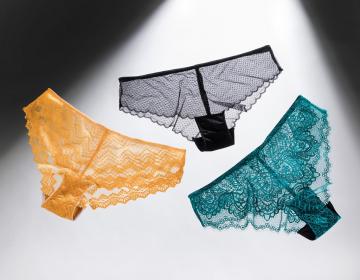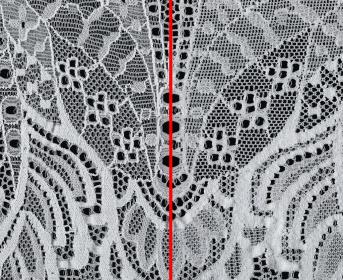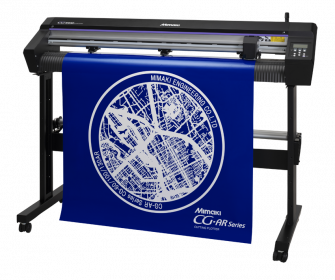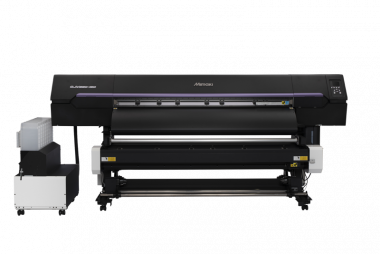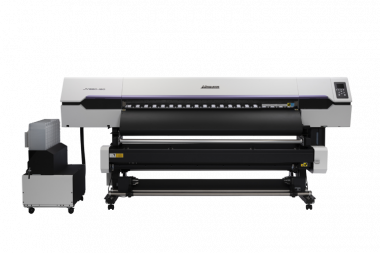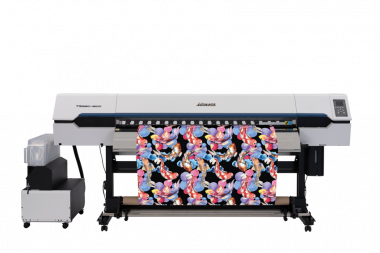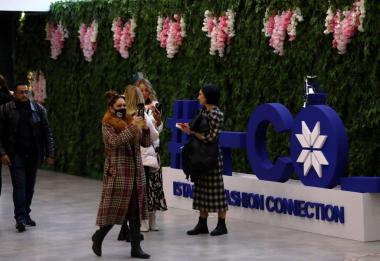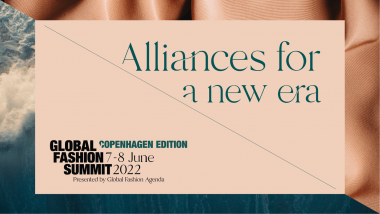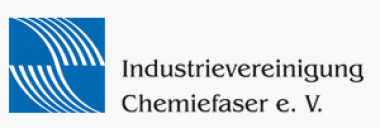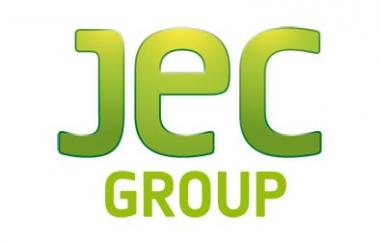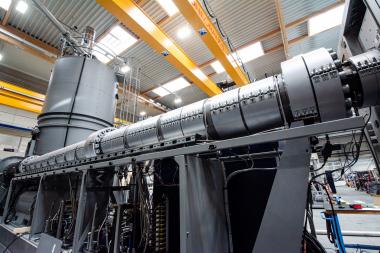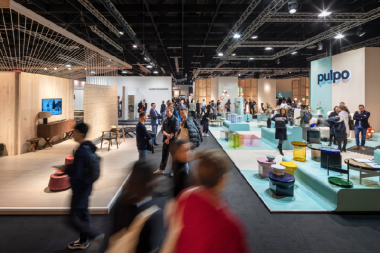KARL MAYER: New perspectives through precise lace symmetry
- Symm-Net articles made using the new MJ 92/1 B impress with their perfectly symmetrical appearance
Lace is a delicate seducer. The more finely crafted its ground structure, the more effective its refined designs come across, and as such, the higher the overall quality. The innovative Symm-Net pieces, which can be produced on KARL MAYER’s new MJ 92/1 B, have a look that sets new standards.
Lace offering maximum clarity and balance
Symm-Net lace is characterised by an extremely delicate design, offering absolute symmetry. This is thanks to the particular configuration of the MJ 92/1 B – the new multi-bar jacquard raschel machine features a split-design jacquard bar with separate threading, and can thus work using both equal and counter lapping. In addition, the newcomer has two ground guide bars at the back for counterlapped elastane. For Symm-Net’s ground structure, GB1 works a pillar notation whilst the jacquard bar works a counter-lapped inlay. The result is a net structure with absolutely symmetrical, clearly defined symmetry. To perfect the geometry, the two elastane bars with split threading – i.e. 1 in, 1 out – and counter-lapping patterning mirror the movement of the jacquard bar.
The lapping patterns thus look as follows:
• JB 91: 0 – 0 / 2 – 2 // and JB 92: 2 – 2 / 0 – 0 //
• GB 93: 0 – 0 / 1 – 1 // and GB 94: 1 – 1 / 0 – 0 //
The ground structure is not only more uniform, but also more stable than its counterparts manufactured with equal lapping. The advantages of Symm-Net are particularly visible when working finer mesh constructions. “When it comes to a delicate appearance, Leavers lace traditionally sets the standard; in particular, Endsor- Net is known for its delicate design. There is hardly any discernible difference with Symm-Net, which should open up new design perspectives, especially for the premium brands in Europe,” explains Jamie Heather, lace expert at KARL MAYER. Symm-Net offers a further advantage thanks to its simple pattern development. For example, the patterning process does not require any updates to the commonly used patterning software, SAPO and ProCad – only the machine database needs to be adapted.
High design flexibility
In addition to the Symm-Net variants, all existing patterns of the OJ 91/1 B, MJ 85/1 B and OJ 83/1 B can be implemented on the MJ 92/1 B in E 24 without restrictions; switching from the new counter lapping to the traditional JACQUARDTRONIC® LACE pattern is seamless. Jamie Heather is certain this flexibility will give customers a real competitive advantage.
All the prerequisites for a bestseller
The MJ 92/1 B has been successfully offered on the market since May 2021. The newcomer is available in gauge E 24, with a working width of 134". Despite its high design flexibility, it still offers first-class productivity. It can also reach speeds of up to 800 rpm when producing Symm-Net articles. To allow for diverse product design, 88 pattern guide bars and two elastane bars, arranged in 16 shogging lines, are available. Thanks to these features, the MJ 92/1 B mainly produces elastic galloon lace, but also all-over lace for stylish lingerie items.
KARL MAYER Verwaltungsgesellschaft mbH


